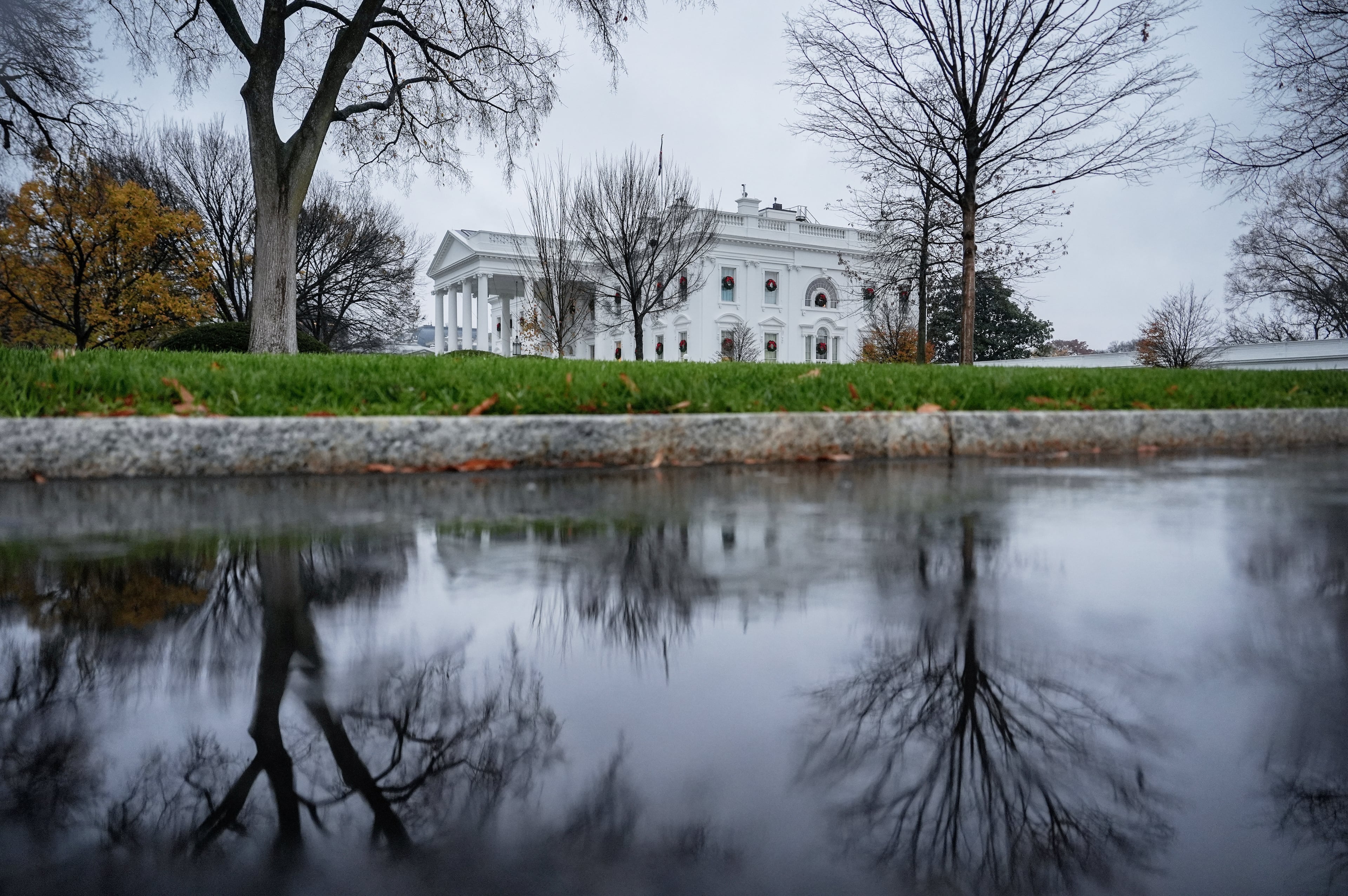New jobs report shows employers added 49K jobs in January
U.S. employers added 49,000 jobs in January, a sign the viral pandemic retains a tight grip on the economy nearly a year after it triggered a recession.
The tepid increase followed a decline of 227,000 jobs in December, the first loss since April. The unemployment rate for January fell sharply from 6.7% to 6.3%, the Labor Department said Friday. About half the drop occurred because some of those out of work found jobs, while others stopped looking for work and were no longer counted as unemployed.
The figures reflect a faltering job market, slowed by a pandemic that is still causing consumers to avoid traveling, shopping, dining out, attending entertainment venues and engaging in other forms of face-to-face contact. Nearly 10 million Americans remain unemployed.
Some states and localities reimposed restrictions on businesses in December as cases spiked. Some of those restrictions were loosened in January, though perhaps not in time to affect the jobs report, which measures employment in the middle of each month.
As hiring has slowed, many employers have continued to lay off workers. The number of applications for unemployment benefits, though declining for the last few weeks, remained at an elevated 779,000 last week.
“Any job growth is good news, especially when flying into the teeth of a storm like the U.S. economy is doing now,” said Josh Lipsky, director of the geo-economics center at the Atlantic Council and a former adviser to the International Monetary Fund. “But, at the current pace, it would take years to recover what was lost in 2020, and that assumes no virus variants or vaccine supply chain problems complicate the course of the pandemic. So today’s data underscores the need for more fiscal relief.
“Even though the U.S. has already committed close to 16% of GDP on an economic rescue, the numbers tell us it is simply not enough.”
Those trends are fueling President Joe Biden's push for a $1.9 trillion stimulus package, which would provide $1,400 checks for most U.S. individuals and a $400 weekly unemployment payment on top of state benefits. It would also extend two federal jobless aid programs, from mid-March through September.
The reason why a gain in the January jobs report might be viewed skeptically is that it would likely be exaggerated by the government's seasonal adjustment process. The government uses seasonal adjustments to try to filter out the impact of short-term changes that don't reflect underlying economic trends.
One example involves the annual layoffs of temporary retail employees who were hired for the holiday shopping season. Retail stores, along with restaurants, bars and hotels, typically hire extra staff for the holiday season and then let them go in January. The government's seasonal adjustments factor in this annual pattern to avoid showing a huge job gain before the holiday season and then a huge loss afterward.
This year, though, holiday hiring was likely much weaker because of the pandemic. As a result, layoffs in January probably weren't as large as they typically are. As a result, the seasonal adjustment process might have exaggerated any hiring gain last month.
January is also the month when the Labor Department incorporates new Census estimates of the U.S. population. That could cause fluctuations in the unemployment rate.
“It's going to be a wild month,” said Gregory Daco, chief U.S. economist at Oxford Economics.
Some hopeful signs have emerged recently to suggest the economy might be picking up a bit. Auto sales rose solidly in January. And a gauge of business growth in the service sector picked up to its highest level in two years. It also showed that services firms added workers last month. A separate measure of manufacturing indicated that factories are also expanding. So is spending on home construction.
Economists increasingly suggest that as vaccinations reach a critical mass in the coming months and the government provides further stimulus, the economy and the job market will strengthen much faster than they did after previous recessions.
The damage to the job market since March has widened financial inequality in the United States, especially hurting women and people of color. At the same time, Americans fortunate enough to have kept their jobs have amassed $2.3 trillion in savings — double the pre-pandemic total. That enlarged pool of savings could fuel a rapid rebound in spending as business restrictions are lifted and more Americans become more confident about shopping, dining out and traveling.
Bank of America estimates that growth could reach 6% this year, which would be the fastest since 1984. Monthly job gains could approach 1 million, on average, by the summer, Daco said.
Tim Darnell of The Atlanta-Journal Constitution contributed to this report.


